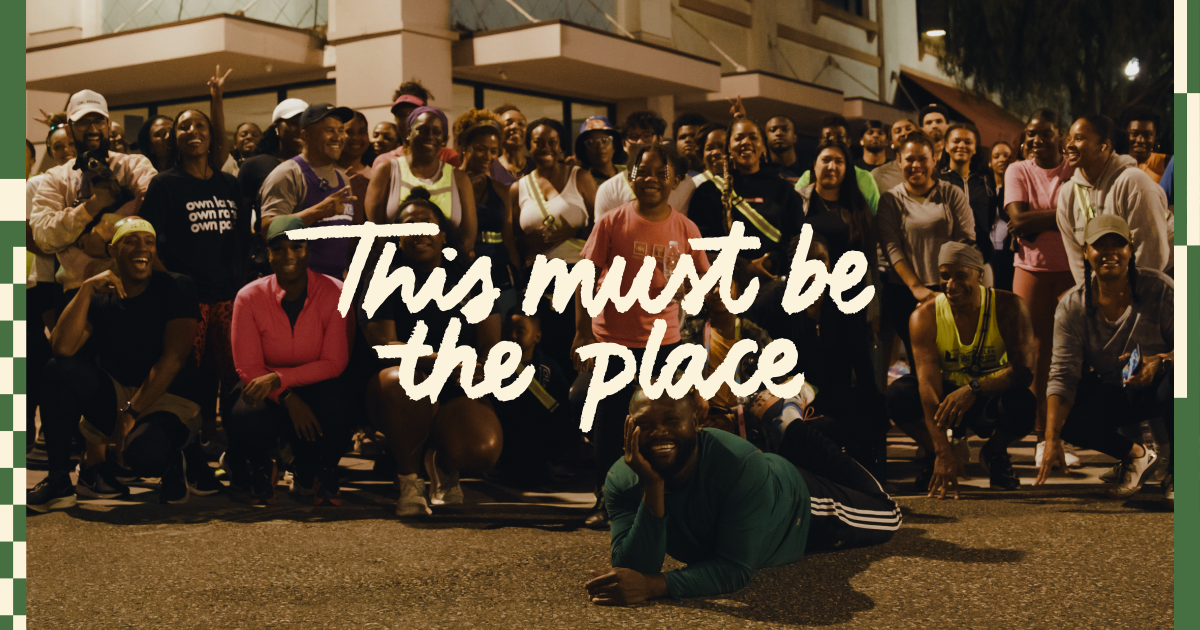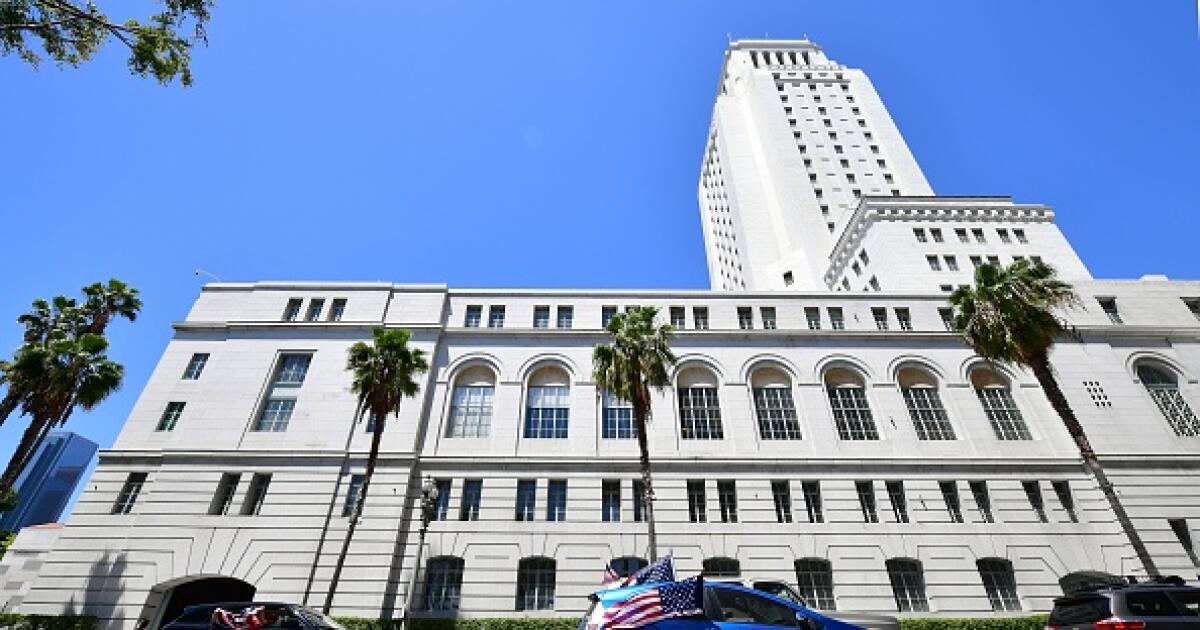
Carceral architecture is everywhere in L.A. What could the city look like without it?
LA TimesChristopher Soto’s long-awaited debut collection, “Diaries of a Terrorist,” is out now from Copper Canyon Press. While it explicitly calls for the end of the police state, “Diaries of a Terrorist” also is fueled by a scarred personal history, which finds its voice in confessional poems where Soto pushes through the pain of experience to remind us that a more just world isn’t only possible but necessary — becoming a loving tribute to lives traumatized by domestic violence, for-profit incarceration and the grim realities of what it takes to get by in Los Angeles. Soto and I spoke about how California’s carceral history has shaped and scarred the urban fabric of L.A., and what his ideal city might look like without the architecture of policing. “Carceral history feels very much embedded into the landscapes and buildings of Los Angeles for me,” Christopher Soto says. In “City of Inmates: Conquest, Rebellion and the Rise of Human Caging in Los Angeles, 1771–1965,” Dr. Kelly Lytle Hernández calls Los Angeles the carceral capital of the world.
Discover Related









































